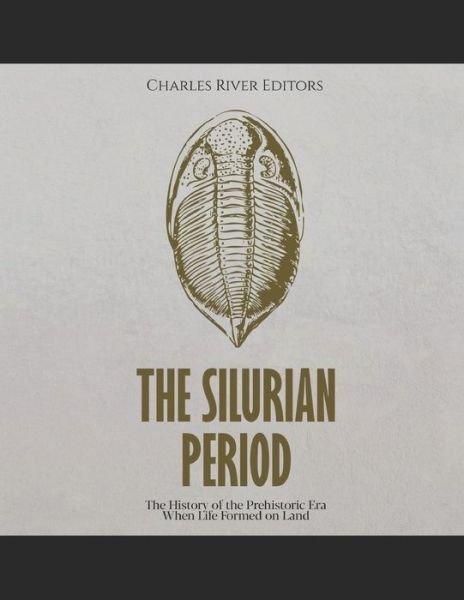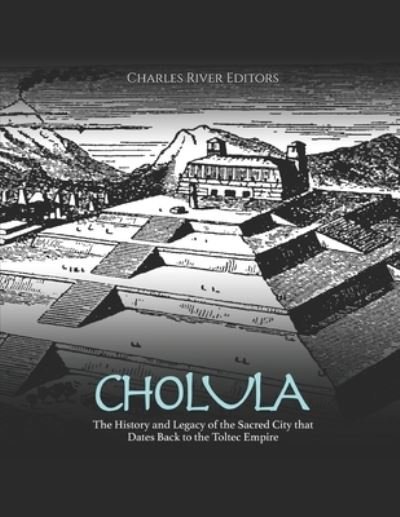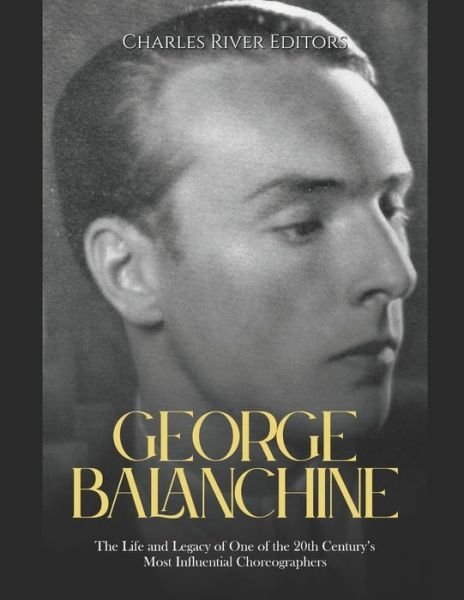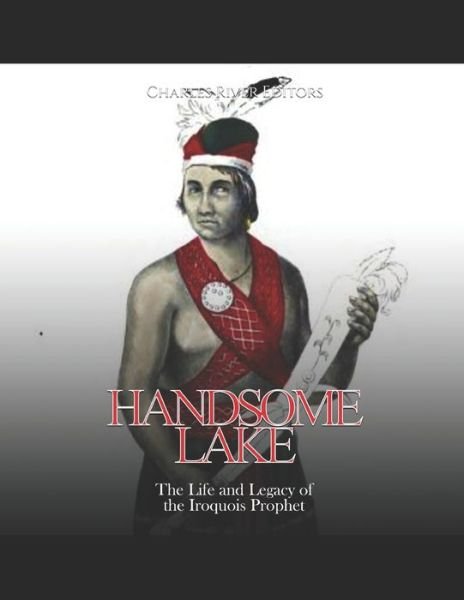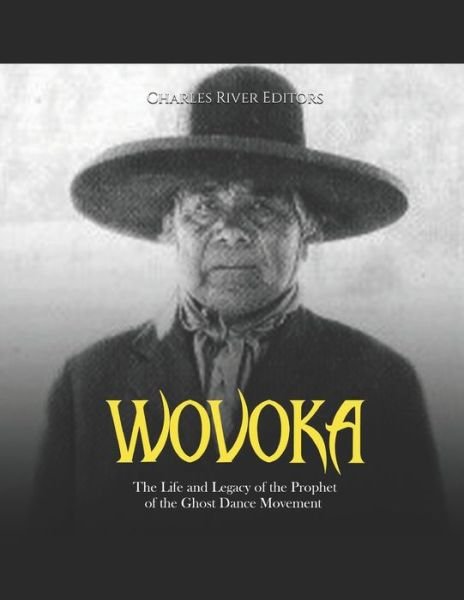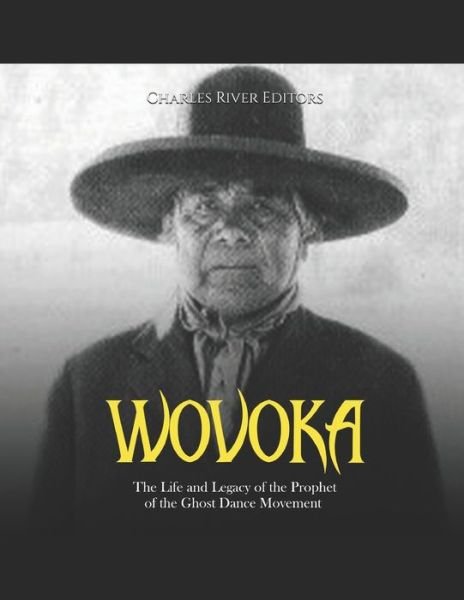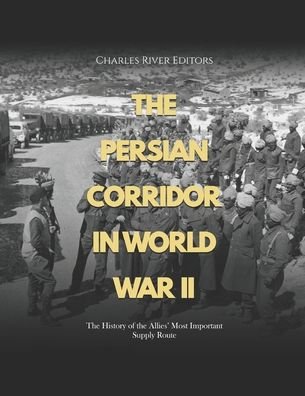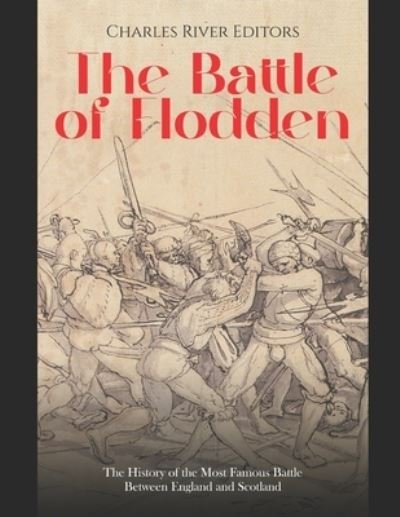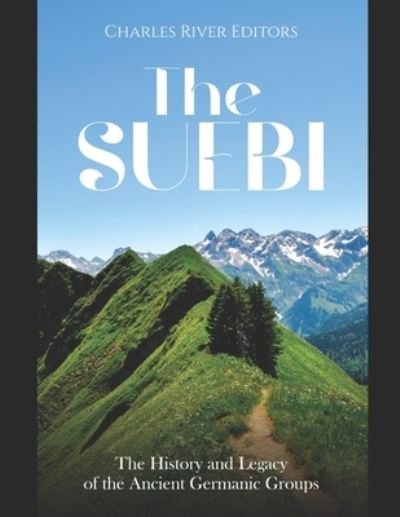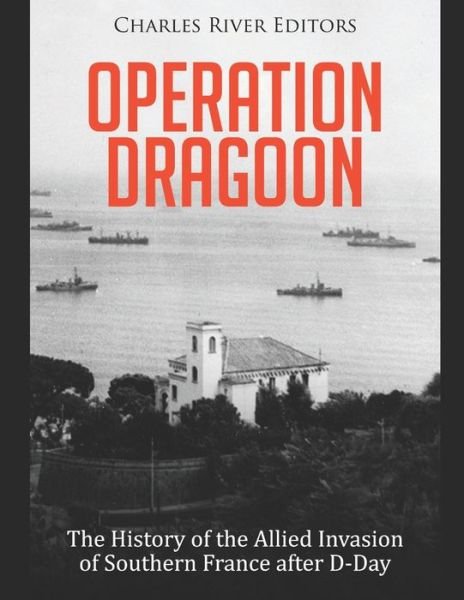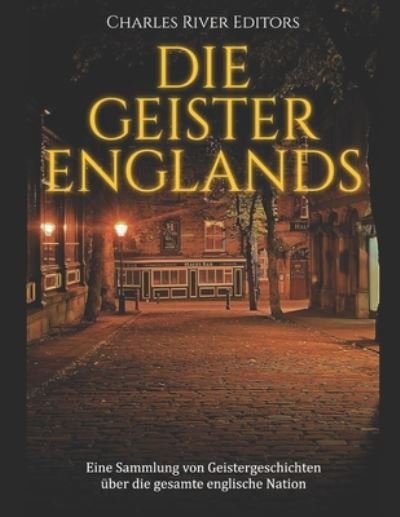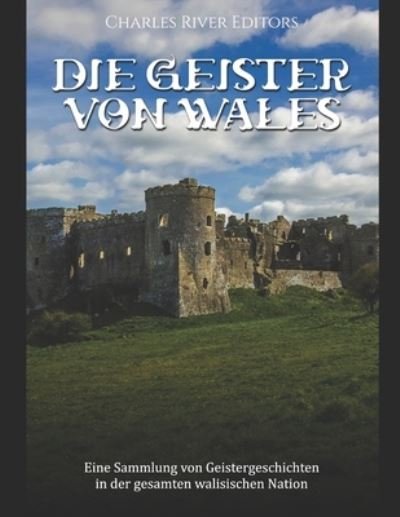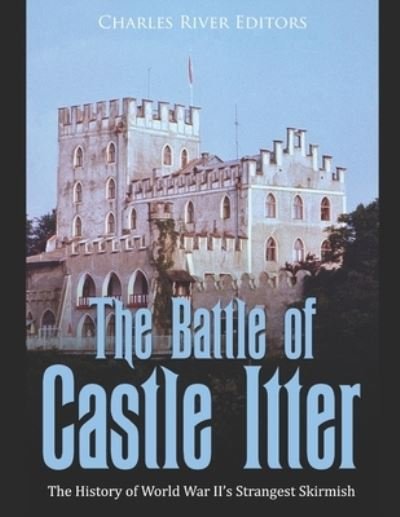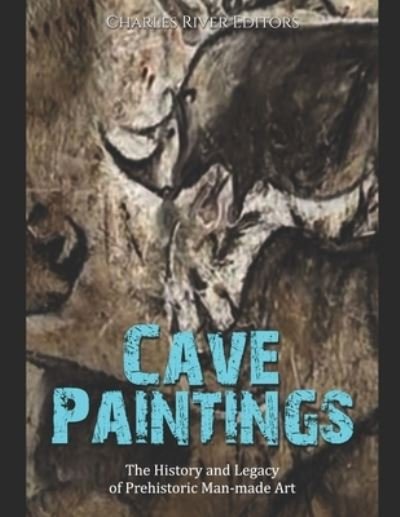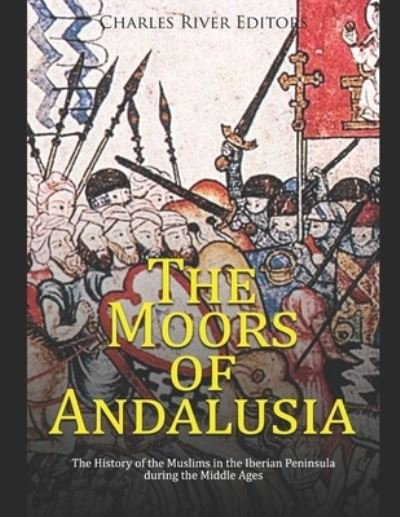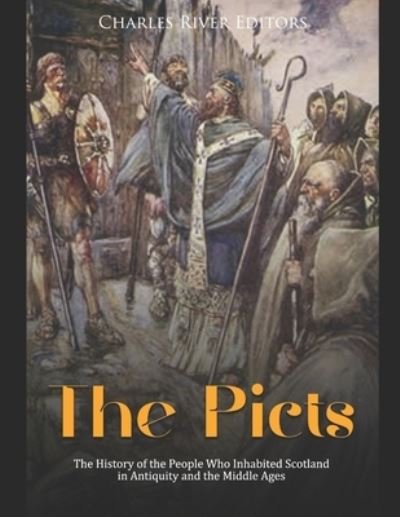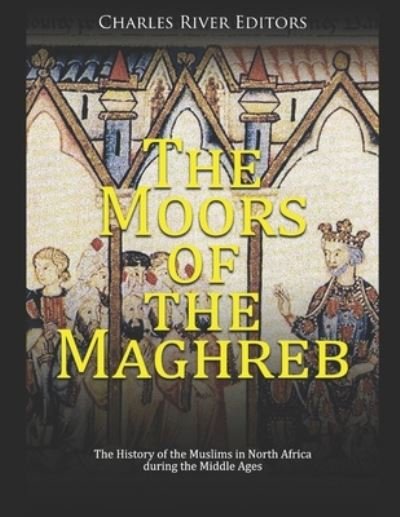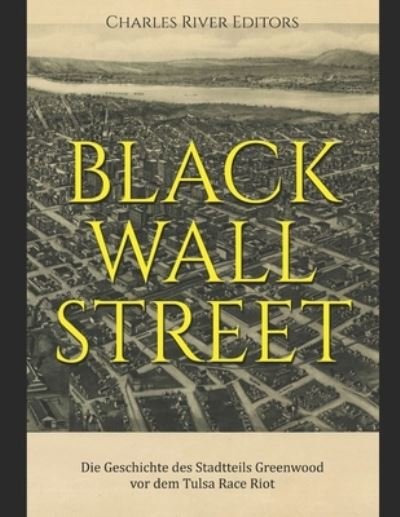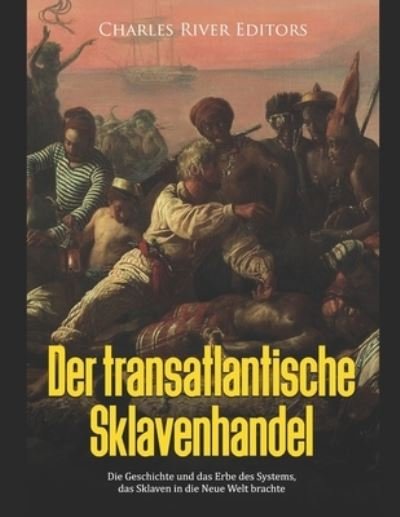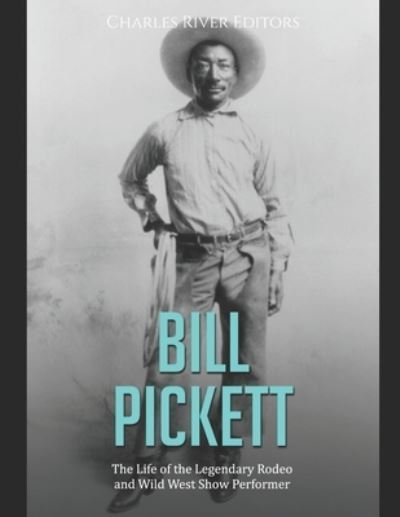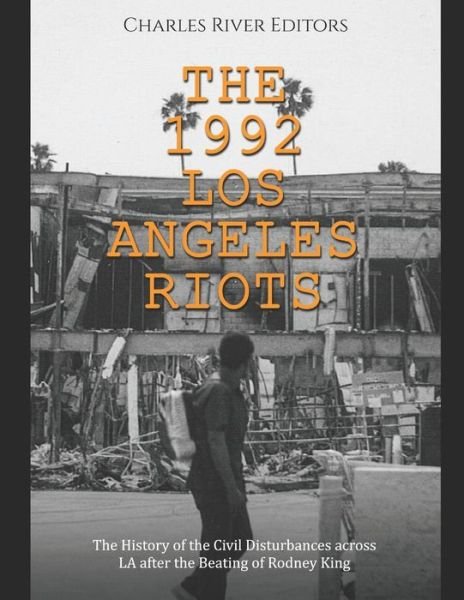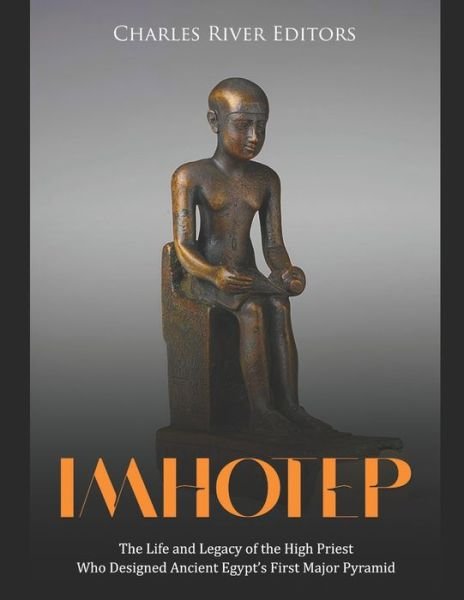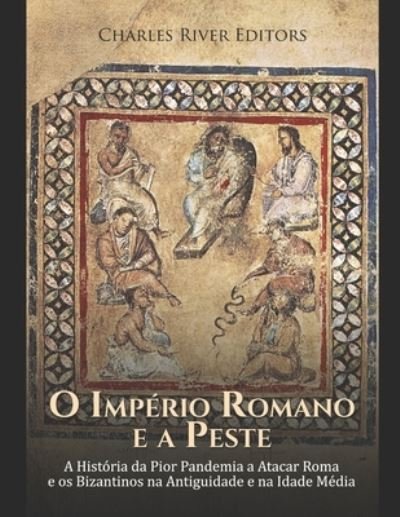
Tell your friends about this item:
The Windrush Scandal
Charles River
The Windrush Scandal
Charles River
*Includes pictures
*Includes a bibliography for further reading
"Migration was not a word I would have used to describe what I was doing when I sailed with other West Indians to England in 1950. We simply thought we were going to an England that had been painted in our childhood consciousness as a heritage and a place of welcome. It is the measure of our innocence that neither the claim of heritage nor the expectation of welcome would have been seriously doubted. England was not for us a country with classes and conflicts of interest like the islands we left. It was the name of a responsibility whose origin may have coincided with the beginning of time." - George Lamming, In the Castle of My Skin
On the morning of June 22, 1948, the HMT Empire Windrush, a repurposed German troopship, drew up alongside the Tilbury docks, lowering its gangplanks onto the wide, cobbled quays. To the casual interest of the dockworkers, a small army of well-dressed, luggage laden blacks stepped onto the shores of England, looking around for the first time at their new home. Most originated from Kingston, the capital of the British island colony of Jamaica, with a few others from Trinidad and a handful of other British Caribbean dependencies. These were the men and women who led the vanguard of what would come to be known as the Windrush Generation, the first substantial wave of non-white immigration to the British Isles from the outer marches of the Empire. Ultimately, between 1948 and 1970, more than half a million souls would migrate to the United Kingdom from the Caribbean and other non-white Commonwealth countries, establishing the bedrock of the British black community and prompting the first ripples of racial discomfort that would conclude in the infamous Windrush Scandal of 2018.
The issue of race in the British Empire is as complex as the history of the British Empire itself. The origins of the British Empire lie in the settlement of North America and the Caribbean, both of which led to complex intersections of imperialism, commerce and race. While the first European encounters with the New World were Spanish, the British arrived on the scene in a permanent way with the establishment of a General Assembly of the Leeward Islands in 1674, after which, in a complex evolution in competition and conflict with other European trading powers, the British West Indies finally comprised the British Leeward Islands, the British Windward Islands, Jamaica, and other colonies such as the Cayman Islands, British Honduras and the Turks and Caicos Islands. The Caribbean was colonized for reasons both economic and strategic, the former being the seedbed of the institution that would define the demographics of the region up to the present and impact race relations back in Britain as well.
The Windrush Scandal: The History of the Modern Controversy and Race Relations in the British Empire examines how racism in the United Kingdom affected the empire at home and abroad. Along with pictures of important people and places, you will learn about the Windrush Scandal like never before.
| Media | Books Paperback Book (Book with soft cover and glued back) |
| Released | November 23, 2020 |
| ISBN13 | 9798570393806 |
| Publishers | Independently Published |
| Pages | 70 |
| Dimensions | 216 × 280 × 4 mm · 185 g |
| Language | English |


